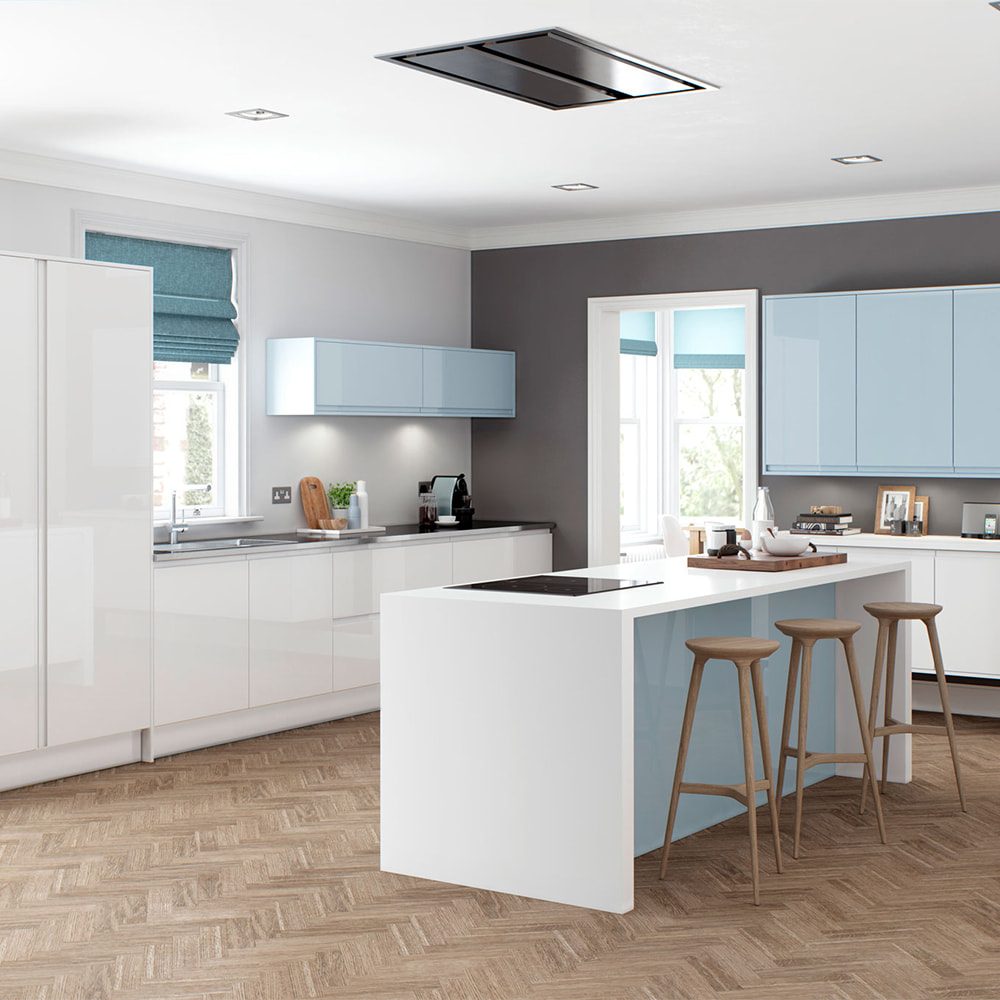The debate between glass and acrylic sheets has long been a topic of discussion in the fields of architecture, design, and manufacturing. With the growing popularity of acrylic sheets, many are asking: can acrylic sheets truly replace glass in all applications?
Acrylic sheets and glass may serve similar purposes, but they differ significantly in their properties. Acrylic is a type of plastic, specifically polymethyl methacrylate (PMMA), while glass is a non-crystalline, transparent material typically made from silica. The fundamental differences in their composition lead to varying characteristics in terms of weight, strength, flexibility, and durability.
Acrylic sheets are lighter, weighing about half as much as glass. This makes them easier to handle, transport, and install, particularly in large-scale projects. Additionally, acrylic is much more impact-resistant than glass, reducing the risk of breakage and enhancing safety, especially in environments where glass could pose a hazard.
Acrylic sheets have already replaced glass in many applications, particularly where weight, safety, and durability are primary concerns. For instance, in the automotive and aviation industries, acrylic is often used for windows and windshields due to its lightweight and shatter-resistant properties.
In architecture, acrylic sheets are commonly used in skylights, greenhouses, and other structures where transparency is required, but the risk of breakage is a concern. They are also popular in the retail sector for display cases, signage, and protective barriers, where their clarity and strength are advantageous.
Acrylic’s ability to be molded and shaped allows for its use in custom designs that would be challenging or impossible to achieve with glass. This flexibility has led to its widespread adoption in furniture design, lighting fixtures, and interior decor.

Despite their many advantages, acrylic sheets are not without limitations. One of the most significant drawbacks is their susceptibility to scratching. Unlike glass, which is relatively scratch-resistant, acrylic can be easily scratched if not handled properly. However, this issue can be mitigated by applying a scratch-resistant coating or by using special cleaning techniques.
Another limitation is acrylic's lower resistance to heat compared to glass. Acrylic sheets can begin to warp or melt at high temperatures, making them unsuitable for certain applications, such as oven doors or fireplace screens, where high heat is a factor.
From an environmental perspective, acrylic sheets have the advantage of being recyclable, and their production typically requires less energy than glass manufacturing. However, the environmental impact of plastic waste is a concern, particularly if acrylic is not properly recycled.
Economically, acrylic sheets are often more cost-effective than glass, especially when considering installation and maintenance costs. The lighter weight of acrylic reduces shipping expenses, and its durability translates to fewer replacements over time.


 English
English 中文简体
中文简体









